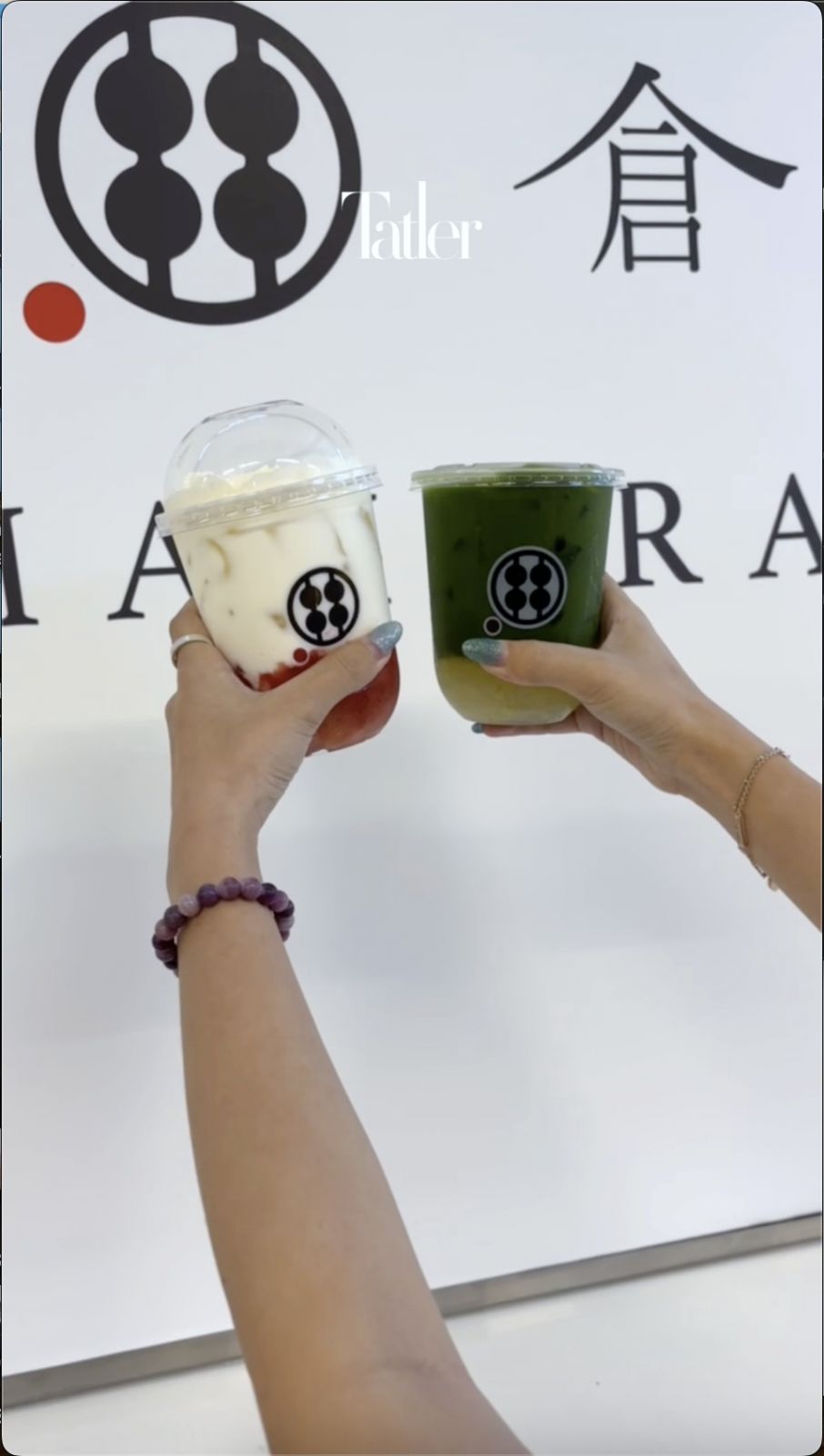Discover the food-forward traditions of Chap Goh Meh
Observed on the 15th day of Chinese New Year, especially by the Hokkien community, Chap Goh Meh denotes the end of the festive season. The defining celebrations of the Lunar New Year’s conclusion are steeped in history, preserving time-honoured practices in Chinese folklore and spirituality. Despite being touted as the Valentine’s Day of Asia, the festivity is deeply rooted in all forms of connection.
Paying tribute to familial bonds, interpersonal relationships, and romance, many Chap Goh Meh traditions are tied together by one thing—food. As Chap Goh Meh falls on the fast approaching February 24, we’re looking at some of the culinary rituals underpinning the holiday.
Pengat
Pengat or pungat is a festive mainstay of the Peranakan and Baba Nyonya communities. The sweet dish is the antecedent of the readily available bubur cha cha, most commonly eaten in Penang. The traditional Malay dish adopted by other cultures sees fruits and starchy root vegetables stewed until tender in a broth of coconut milk and gula Melaka. Contemporary renditions utilise white sugar as a sweetener, incorporating ingredients like jelly, black-eyed beans, and sago.
















